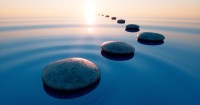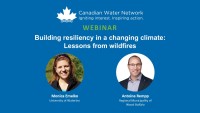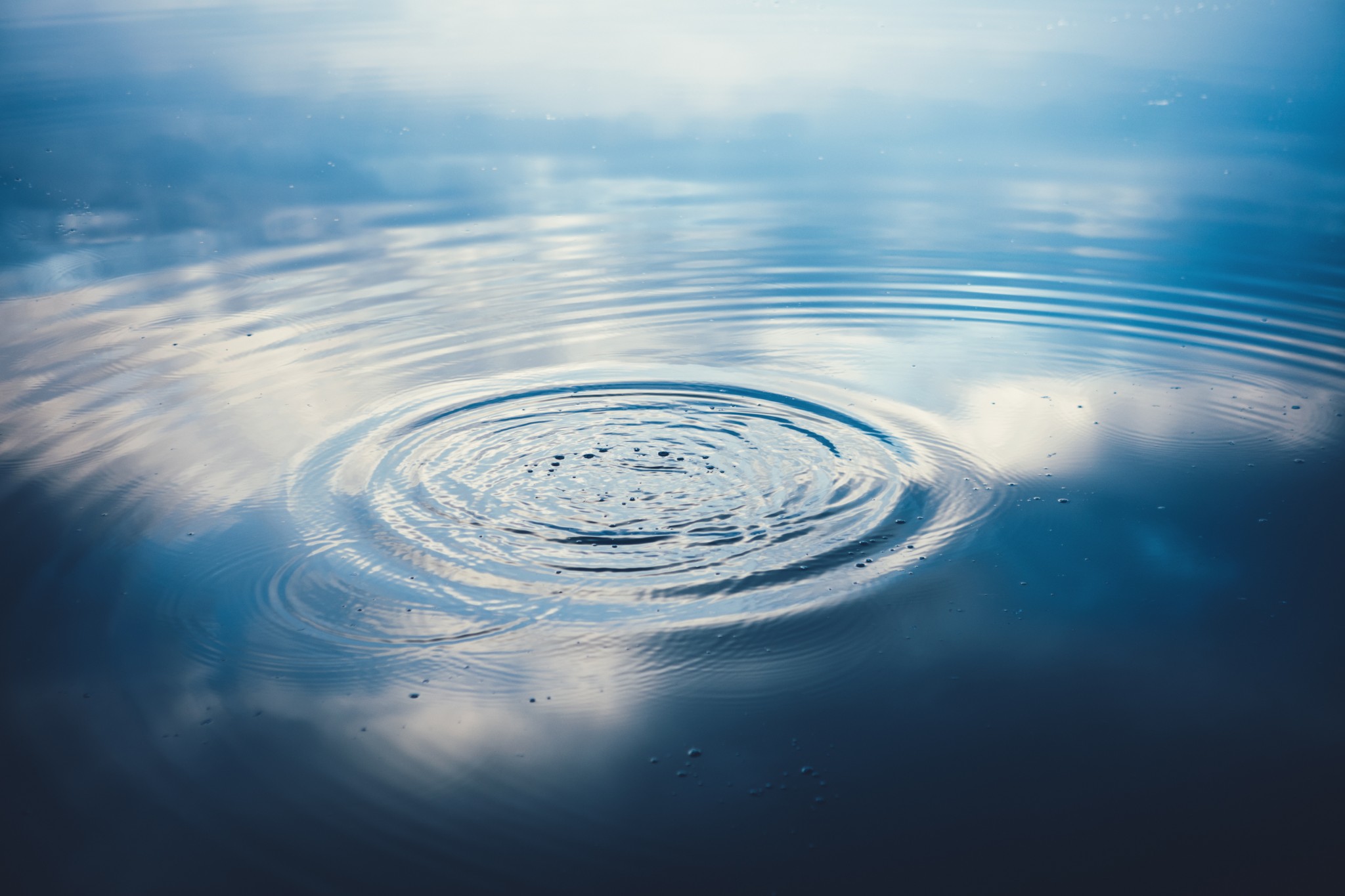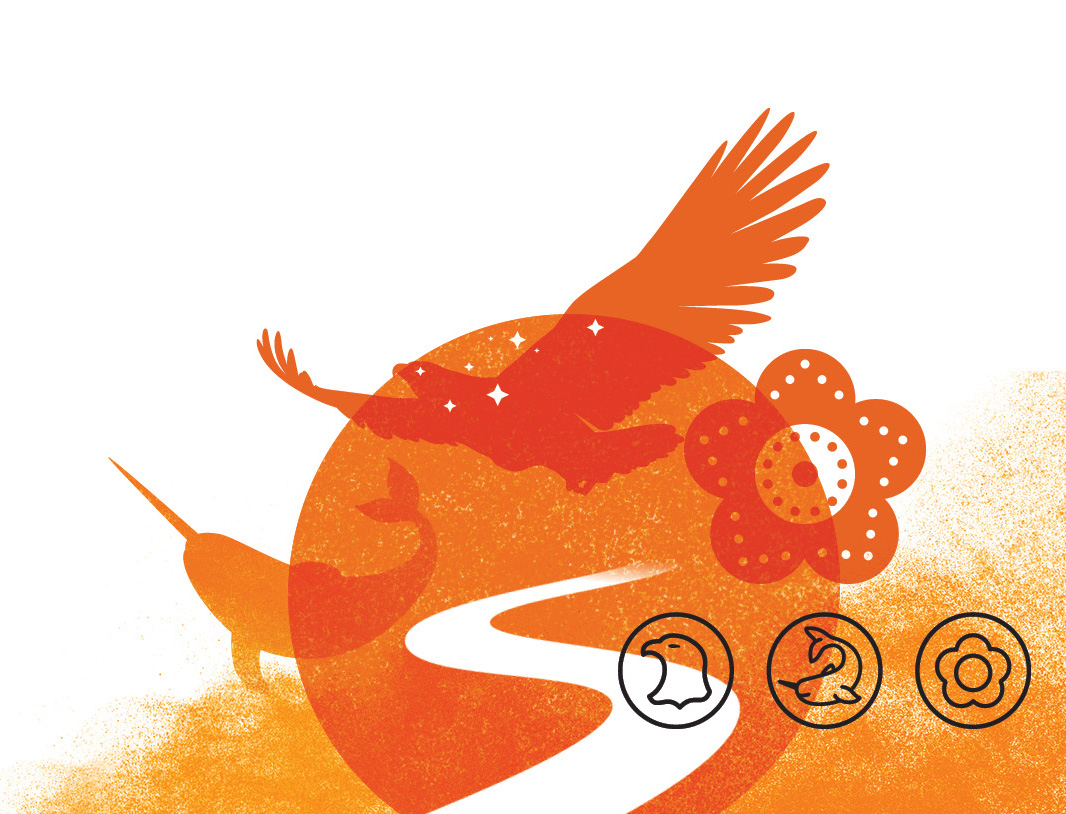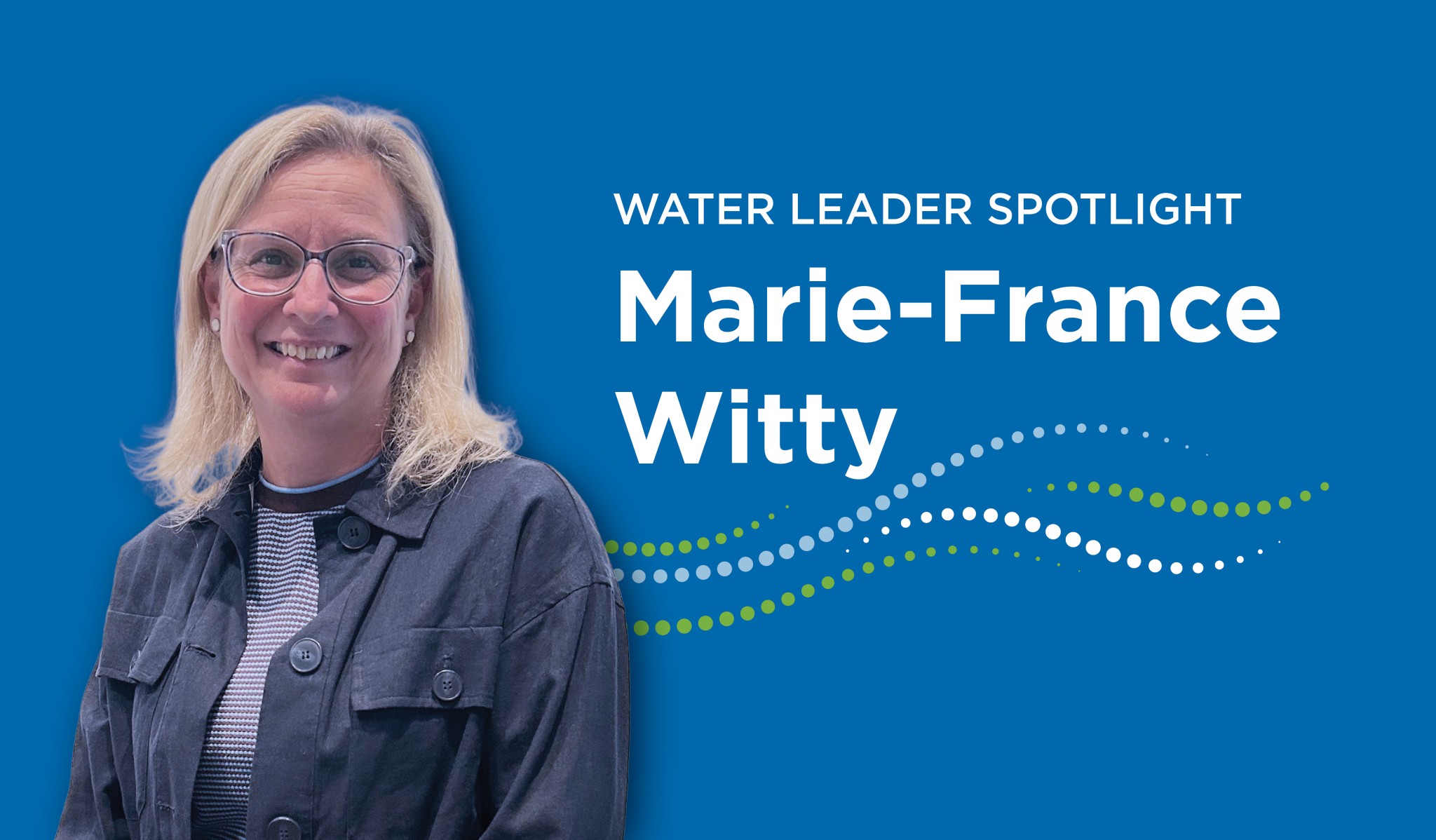Protecting the Seal River Watershed
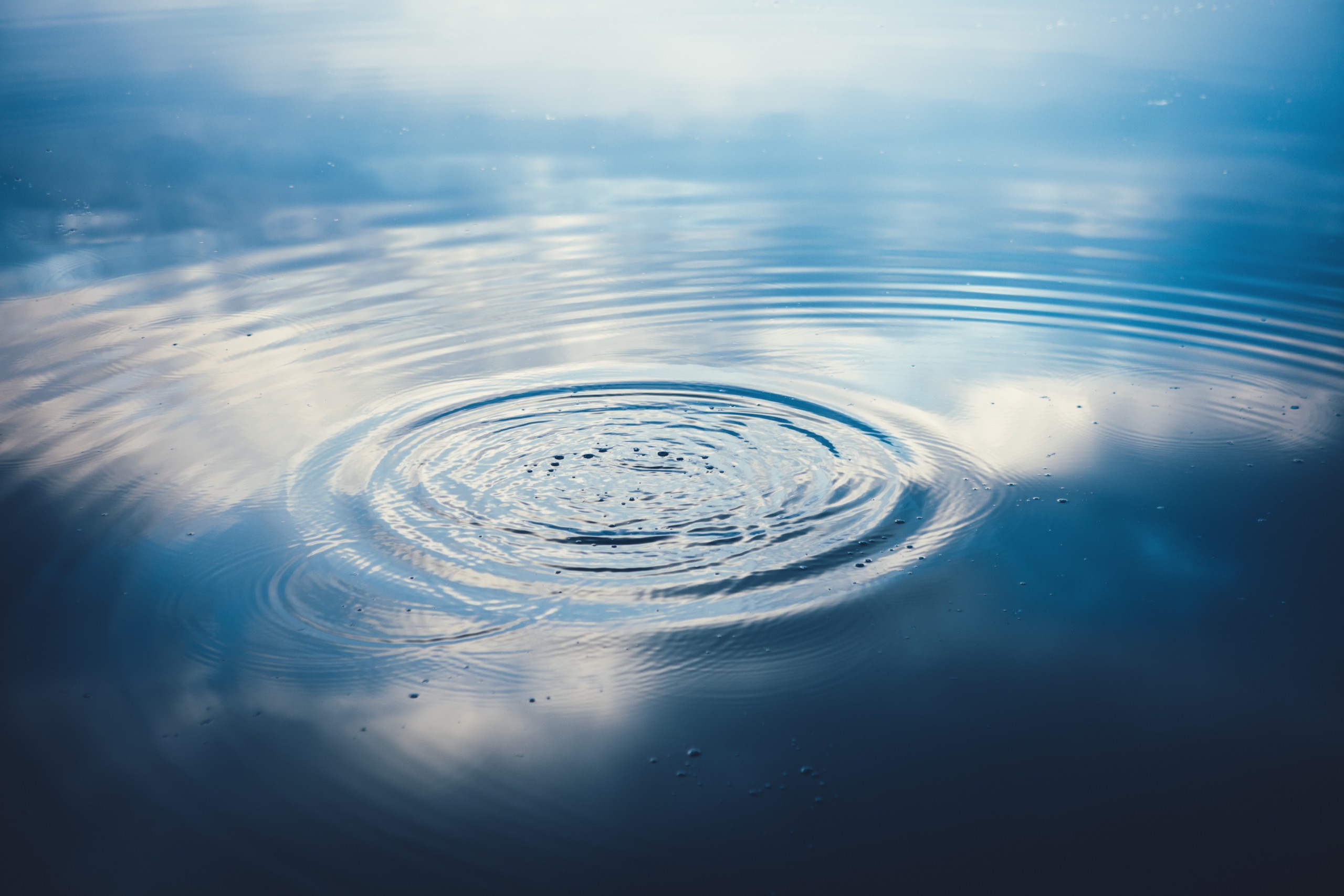
In December 2022, the governments of Canada and Manitoba agreed to support the Seal River Watershed Alliance in undertaking a feasibility study to establish an Indigenous Protected and Conserved Area (IPCA). The proposed IPCA was featured as one of four global examples of how Indigenous peoples relate to land, water, culture and language at an event during World Water Day on March 22 in New York.
The Seal River Watershed is located in the traditional lands of the Sayisi Dene, the Northlands Dene, the Barren Lands First Nation and the O-Pipon-Na-Piwin Cree Nation. Together they make up the Seal River Watershed Alliance, which has been pushing for the establishment of an Indigenous Protected and Conserved Area for years.
The 50,000-square-kilometre protected area would preserve the Seal River as the last major undammed river in Manitoba. The Seal River Watershed is located in an Adhesion to Treaty No. 5. Only one community is located within the watershed, the Sayisi Dene, but the three other Cree and Dene Nations have an interest in the area.
Canadian Water Network’s CEO Nicola Crawhall had an opportunity to interview Stephanie Thorassie, executive director of the Seal River Watershed Alliance, on March 28, 2023.
What brought you to the Seal River Watershed Alliance?
I was born into the Sayisi Dene. It’s home, it’s my duty to advocate, to bring voice to the land and the water and the caribou. We need to continue to be good stewards of the land that has helped us, protected us, and sustained us for thousands of years.
I’ve always been an advocate for my community, as a Dene woman. Back in 2019, I was working in a salon as an aesthetician. It was New Year’s Eve, I was skating, had a hard fall, and broke both wrists, just as the New Year’s countdown began. While I lay there, and for the next several months as I sat on my couch with my two casts on, I thought long and hard about what I wanted to do. It was a mentally and physically tough recovery.
Later that year, I was asked to participate in a youth conference — to share my knowledge as a hide tanner and land user. I was asked to work part-time on this new project on the Seal River watershed that had just started under the direction of my predecessor Ernie Bussidor, with support from CPAWS and Environment and Climate Change Canada.
Through the COVID-19 pandemic, we created the Seal River Watershed Alliance corporation from the ground up. I worked with 13 working groups every day to sort out the ins and outs of the new corporation. My role grew and grew until I was appointed as executive director.
Can you describe the area in the Seal River Watershed in terms of its resources, wildlife and carbon storage?
The Seal River Watershed is a 50,000 square km area in northern Manitoba, with its estuary in Hudson’s Bay. It is remote and isolated, which is a double-edged sword. We don’t have infrastructure like roads. But the beauty of it is that the territory looks the same as when the first western explorers ‘discovered’ the land — the same trees, plants, lichen and caribou.
200,000 caribou migrate through the area. Grizzly bears are seen on the land. The estuary of the Seal River is where most beluga whales are born. Seals swim from Hudson Bay into the fresh waters of the river. We can drink the water right from the river. On a recent trip, we spotted 15 bald eagles. So far, 25 species at risk or ‘pending’ species at risk have been identified in the watershed. There are birds that migrate from South America and Antarctica. In contrast, not far from here, you can see the destruction and chaos of the Churchill River diversion as well as the disconnection from the water and land caused by hydro development.
The preservation of the land in the Seal River Watershed is also significant on a global scale. The land sequesters an estimated two billion tons of carbon, the equivalent of 70 years of vehicle emissions in the ground. By leaving it as it is, we are slowing the warming of the climate that would occur if we disturbed the lands. We need more spaces like this.
How does the land and water influence and inform the culture, language and way of life of the Sayisi Dene?
It’s everything to us. Every aspect of our way of life and culture is woven and intertwined with the land. The land and water are our brothers and sisters, you can’t have one without the other. We have a duty to protect it like family, to support each other. It is vital for the sustainability of our language and culture.
The Sayisi Dene have come from a dark place. Until very recently, it was not okay to be Indigenous, it wasn’t safe to practice our culture or speak our language. The preservation of this watershed is something positive in terms of our sovereignty and our self-determination. We are protecting the place for ourselves by ourselves. In the past, it was policymakers living thousands of kilometres away who know nothing about us or these lands who made these decisions for us.
My community was forcibly relocated in the 1950s. The Sayisi Dene were nomadic. At one of our traditional stopping places that has been used for thousands of years, there was an accumulation of caribou bones where we store hunted caribou to get us through the winter. The Canadian government misunderstood and thought that our people were responsible for the decline of the caribou due to overhunting. We were forcibly relocated and taken away from our land and our way of life.
This relocation took a horrendous toll on the Sayisi Dene. One-third of our community died as a result of starvation, house fires and freezing to death. Many girls and women were sexually assaulted. My own parents lived off food found in the garbage dump. This is just one generation back from me. Then in 1973, the Sayisi Dene returned to their land without permission from the Canadian authorities. Nine years later, I was born and brought to our land. We lived in a log cabin with no running water or electricity. My parents felt like they had died and gone to heaven. Everyone was healthy and happy, and sustained by the land. I only feel peace on these lands. This was in stark contrast to our experience when relocated. So we know what it is like to be separated from our land, it is very fresh in our minds.
What governance structure have you created to manage the Seal River Watershed Alliance?
There is a lot of overlapping, shared territory with Nations around us. There is a strong understanding that with such a large space, we need as many allies as possible. It’s much bigger than one nation, one space. It’s about the importance of this area on an international level.
As executive director, I am advised by four chiefs, elder advisors, youth, land users, off-community advisors and women. I report to a Board of Directors of the corporation, which has one voting member from each of the other three Nations (the Northlands Dene, the Barren Lands First Nation and the O-Pipon-Na-Piwin Cree Nation) and four from the Sayisi Dene. The board provides the strategy, the big picture, and I am responsible for day-to-day operations.
We chose to incorporate the Alliance to be taken seriously. We felt we needed to take some of the tools that exist from the colonial world to show how serious we are about this work.
Can you tell me about your Guardian Program?
Yes, we were approved for Land Guardians funding. We were already running an unofficial Land Guardian program without funding. For our project to be sustainable and to keep the area’s economy growing, we feel that the Guardian program is the way to do it. We have adopted a two-eyed seeing approach, which combines Western and Indigenous knowledge and science. The Land Guardians will create economic opportunities through ecotourism, according to our rules.
Any final thoughts?
When I was at the UN water conference last month, and the Global Biodiversity Conference in Montreal late last year, there was so much talk of all the dire damage to the environment. I stood there to talk about such a contrasting place. This project is about action, and about doing something proactive to protect our futures as people. We are protecting this pristine area, our home, culture, and languages for the planet and our peoples. It is a great privilege, responsibility and honour!


